On average, about eight million tons of plastic waste winds up in the ocean every year. To put this into perspective — one garbage truck full of plastic is dumped into the oceans every minute.

The world’s plastic waste problem — our plastic waste problem — has become so pervasive there are now five large concentrations of garbage (basically islands of trash) that have piled up in the world’s major ocean gyres: the North Atlantic Gyre, the South Atlantic Gyre, the North Pacific Gyre, the South Pacific Gyre, and the Indian Ocean Gyre.
Ocean gyres, which are large systems of rotating ocean currents, help to circulate the world’s ocean waters. Unfortunately, along with circulating ocean waters, their whirlpool-like movements draw in the plastic debris and trash that gets dumped into the water along the coast.
By now, you’ve probably heard about the devastating effects plastic waste has on marine life and their ecosystems, and you’re doing the best you can to minimize your plastic footprint. Thankfully, there are many ingenious innovations being made around the globe that can help you along your plastic-free journey. Although there’s numerous eco-friendly packaging options available (there’s biodegradable packaging materials, natural packaging materials, etc.), there’s now an exciting new twist to packaging that doesn’t produce any waste: plastic-free, edible packaging.
Although finishing off a thirst-quenching bottle of water by eating it may seem slightly (okay, *very*) Willy Wonka-esque, there’s no denying how effective these innovations can be at working to eliminate the world’s plastic waste problem. Plastic-free packaging materials you can actually eat are a terrific alternative to traditional packaging materials because they’re zero-waste and leave absolutely nothing behind. Here’s three such innovations we can’t wait to try!
1. Evoware
Indonesia is the world’s second largest plastic waste contributor, with 90 percent of the country’s plastic waste winding up in the ocean. In order to help quell this issue, David Christian and Edwin Aldrin Tan — co-founders of Indonesian-based startup Evoware — created zero-waste packaging made from seaweed.
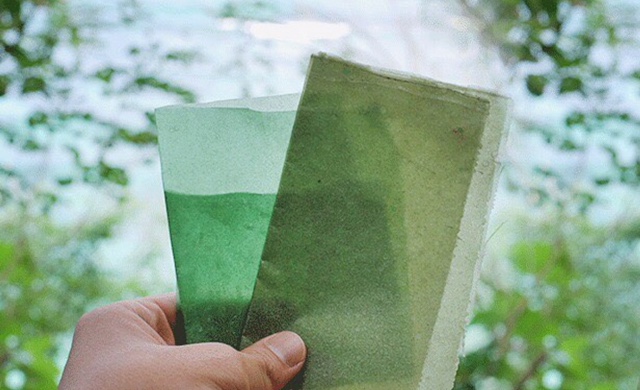
Along with reducing plastic waste, Evoware packaging also helps to reduce carbon emissions because (as it grows) seaweed acts as a carbon sink. The socially responsible and environmentally friendly packaging material is completely vegan and can be dissolved in hot water without the use of chemicals. From coffee grounds to protein bars, Evoware’s seaweed-based packaging can be used to contain just about anything — without causing the planet any harm!
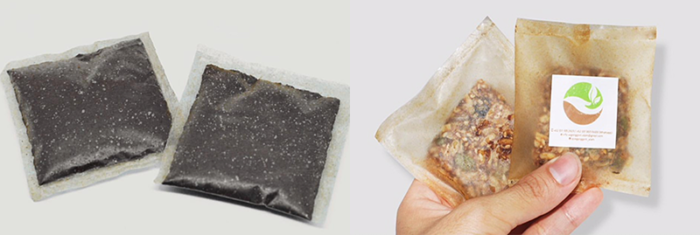
2. Scoby
Completely edible and entirely vegan, Scoby (which stands for Symbiotic Culture of Bacteria and Yeast) was created by Polish design student Roza Janusz for her graduation project submission for the School of Form in Poznań, Poland. Scoby packaging materials are grown using a simple chemical process, which Janusz created. The process involves adding sugars and other organic substances to kombucha (yes, kombucha!). After about two weeks, biocellulose sheets begin to form on the mixture, which are then removed and used as a zero-waste packaging material.

Janusz is currently working to get the edible packaging material used on a commercial scale and says the packaging can be used to package items like seeds, herbs, or instant meals.
3. Ooho!
Another company that has utilized the versatility of algae — Skipping Rocks Lab, creators of Ooho!, is a London-based, seaweed-tech startup that has created an edible water bottle. Allowing you to quite literally eat your water, the biodegradable packaging is made out of seaweed and is a terrific waste-free alternative to plastic cups and plastic water bottles.
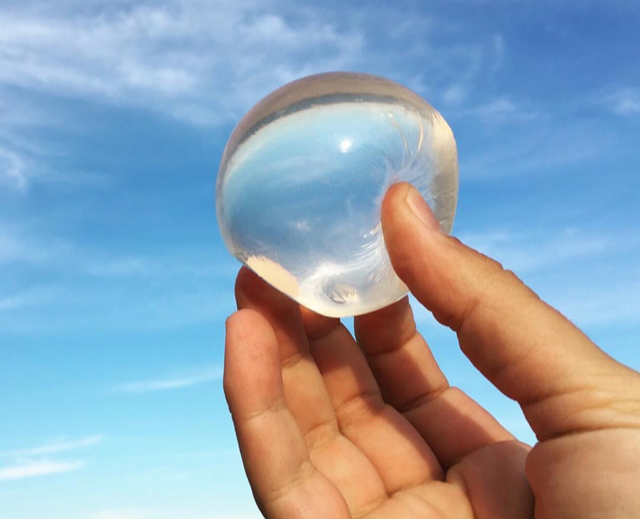
Although there are many obvious drawbacks to Ooho! single-gulp, water spheres (they aren’t entirely practical, it’s highly unlikely plastic water bottles will be phased out any time soon, there’s challenges as to how to package the package-less water globs before they’re consumed, etc.), hopefully the innovation will spark more ideas for eco-friendly alternatives to single use plastics.
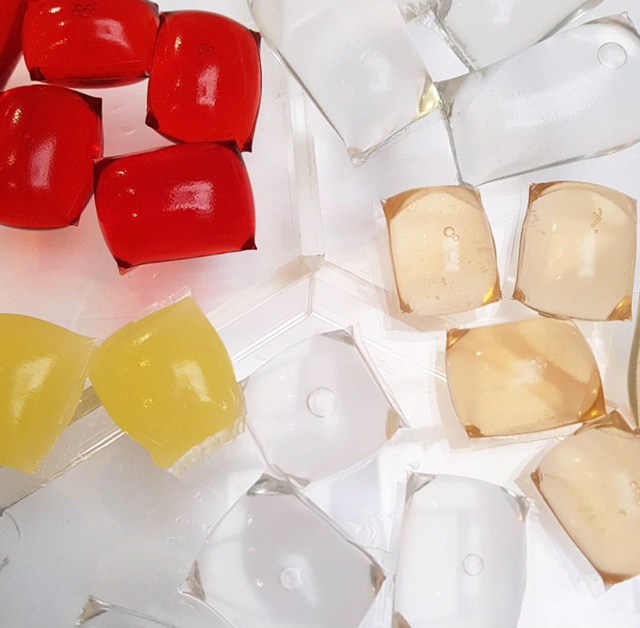
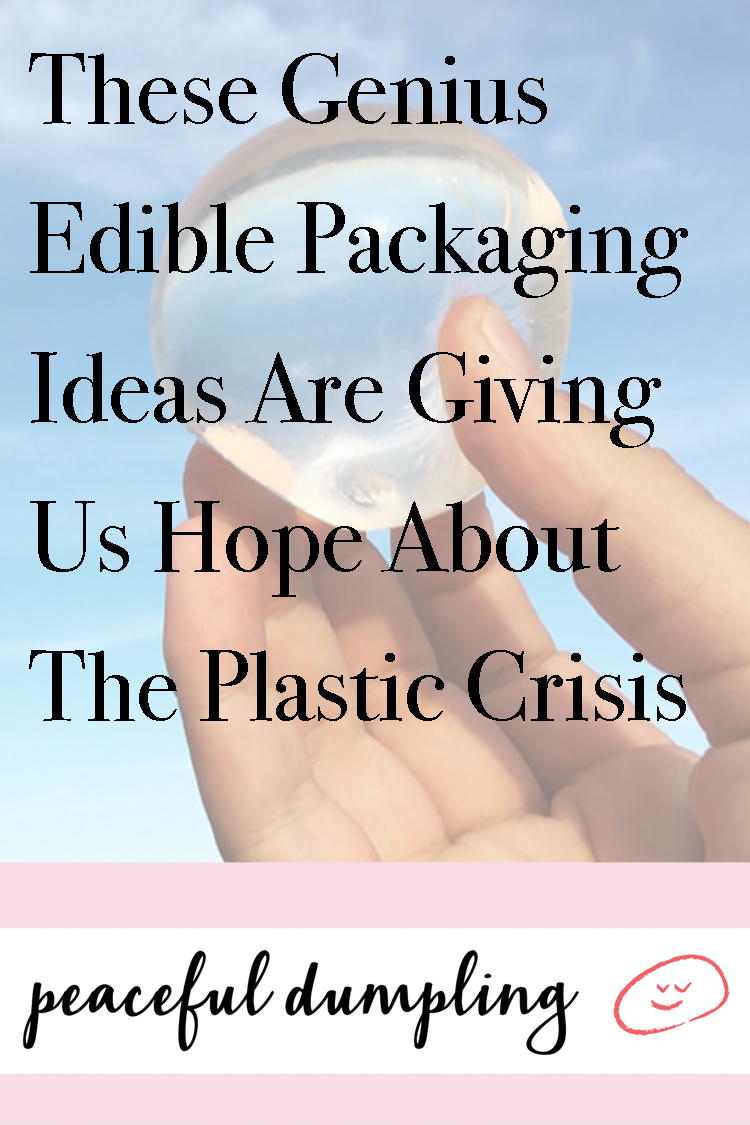
Have you heard of any other plastic-free packaging innovations? Let us know in the comments!
Also by Audrey: Shoes Made Of Algae, Trees? Vivobarefoot & Allbirds Pave Way For Future Of Sneakers
Related: 12 Ways To Minimize Your Plastic Footprint & Feel So Much Better About The Turtles
This Zero Waste Grocery Store Proves Package-Free Shopping Can Totally Be A Thing
Get more like this—Subscribe to our daily inspirational newsletter for exclusive content!
__
Photos: Pexels, Respective Brands




